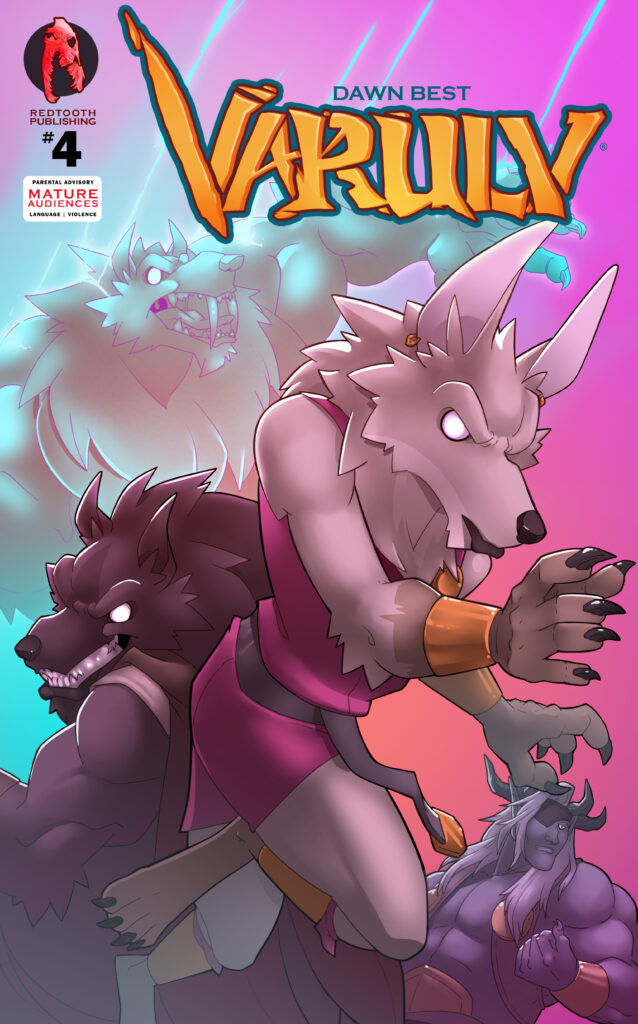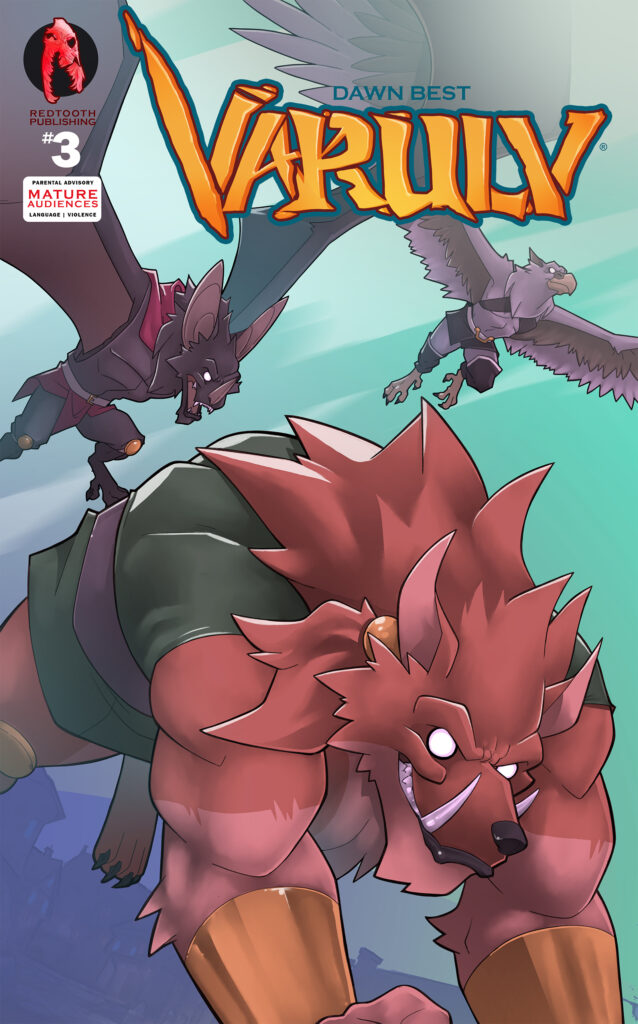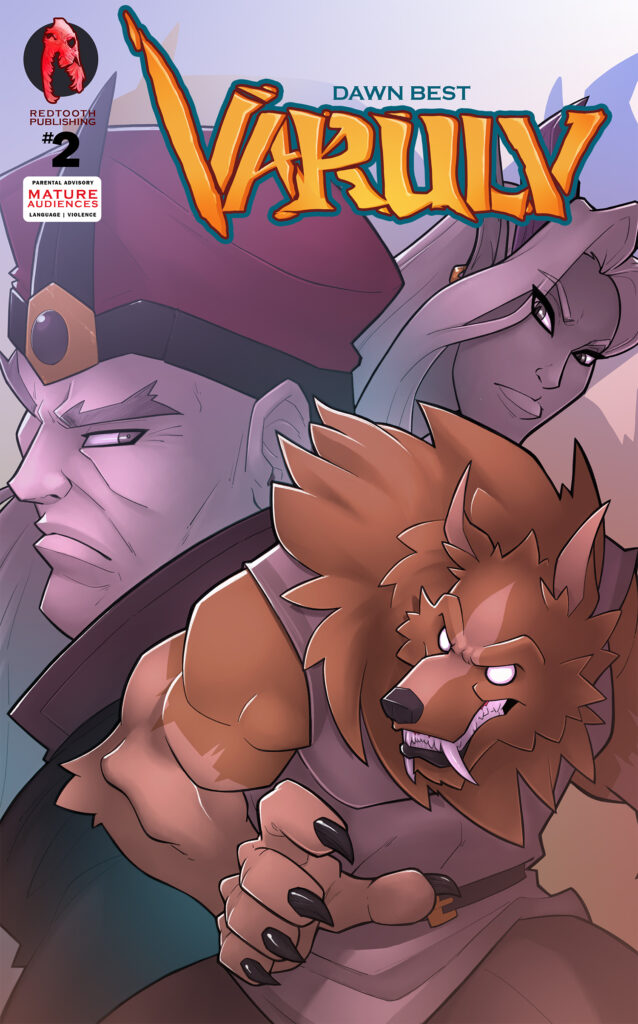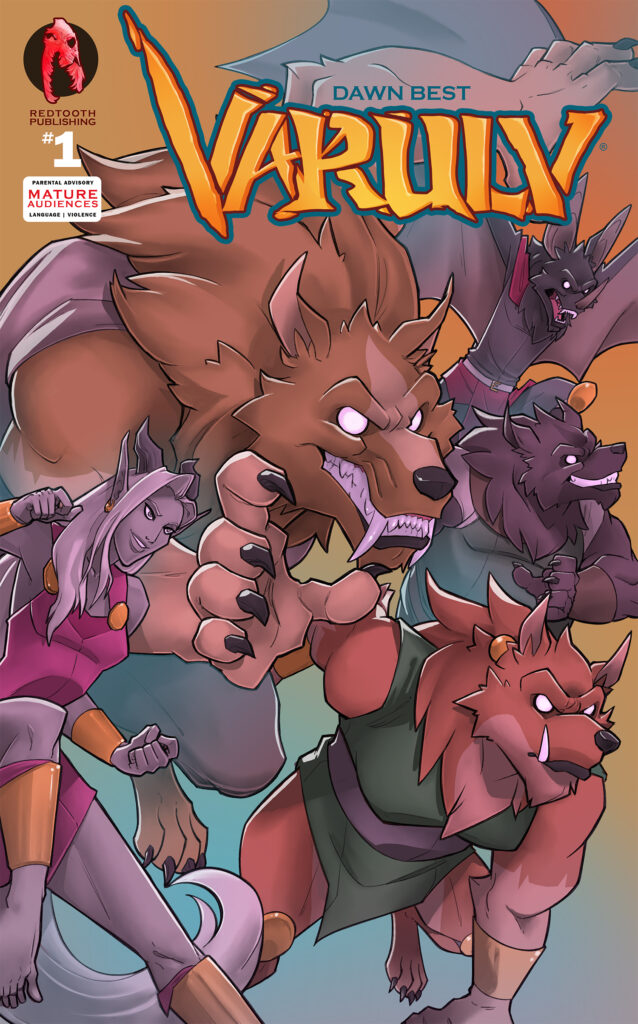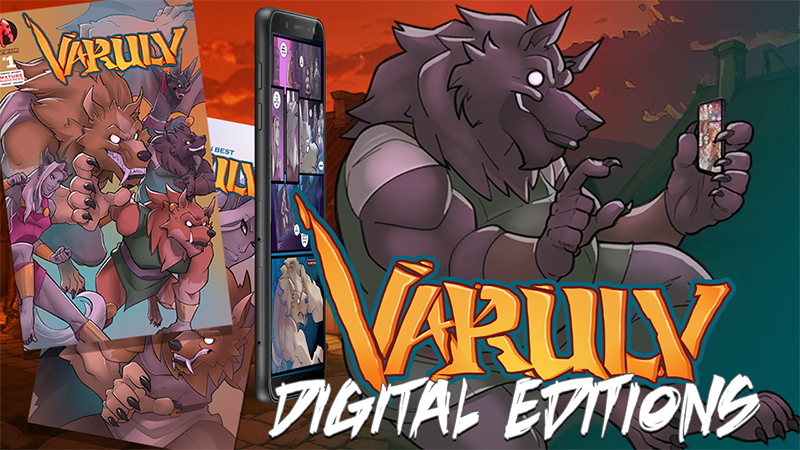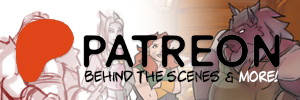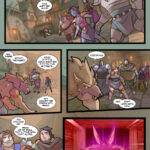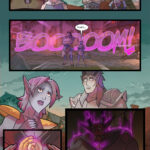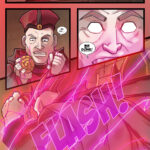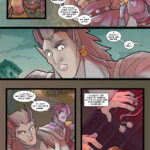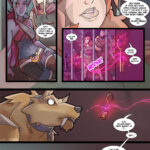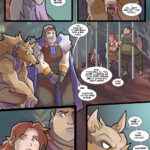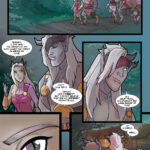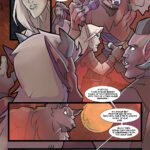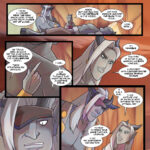Ulven are mortal beings, typically Humans but sometimes Trolls or Half-Trolls, gifted with the ability to shape-shift into sentient half-beasts. The word Ulven is derived from the Norwegian ulv meaning “wolf”, and Ulven are often mistakenly called varulv — a Norwegian word that means “werewolf”. Despite the name, Ulven can take on characteristics of many different animals, and not just wolves.
Types of Ulven
All Ulven are considered to be of the same species despite their varied characteristics. Common traits among all Ulven aside from their ability to shape-shift include an increased tolerance of extreme temperatures, silver-sickness (a potentially fatal reaction to handling or prolonged exposure to silver), and immunity to certain diseases. It’s unknown how many varieties of Ulven exist, but some notable subspecies include:
- Canid: The most common type of Ulven. Characteristics may be that of wolves or other dogs: heightened senses and an especially good sense of smell, large claws and ability to run at high speeds on all four legs are typical. Some may have long fangs that protrude from the upper or bottom jaw.
- Vulpid: Ulven with fox-like characteristics. Similar to Canid Ulven, they can run on all fours and have exceptional senses of smell and hearing.
- Chiropteran: Bat-like Ulven. An uncommon winged species with the ability to fly.
- Felid: Ulven with characteristics of various big cats. They boast heightened senses, especially sight and hearing.
History
Stories of the Ulven species’ origin are largely detailed in mythology. Therefore, each culture throughout the world of VARULV that has come in contact with Ulven may potentially have its own tales of how the species first came to be, and for that reason a truly accurate account may not exist.
The most popular tales are variations of stories which originated in the Northlands, an area where Ulven have been present far longer than any other part of the world, and a location where Canid Ulven are most prevalent. The stories revolve around the Cold War between Humans and Trolls, and a turning point that occured when the Trolls forgot about the Old Gods, ceasing to worship them. In response, Human warriors were bestowed with the gift of transformation from the Wolf-God for their continued fealty to and belief in the Old Gods. Nomadic soldiers in the Northlands traditionally wore the pelts of animals into battle and celebrated the spirits of the wild — especially those of wolves, which may have led to the belief that the Wolf-God looked favorably upon them.
Becoming Ulven
Ulven can mate with Humans or Trolls and produce offspring at equal rates of success as non-Ulven. Becoming Ulven through inheritance of an Ulven parent is extremely rare, however. Only one in twenty children born to such couplings will himself be Ulven. Except in very rare circumstances, Ulven cannot mate with other Ulven and produce offspring.
Most Ulven were born as Humans or Trolls, and at a later point in life were inducted through a process known as The Rite. Through this method, those wishing to go through with the transformation must have their blood mix with that of an Ulven. This is most commonly done by inflicting a wound (typically a bite) on the intended individual’s body, and pouring the blood of the Ulven carrying out The Rite, over the wound before it heals. Sometimes, especially in battle, The Rite is performed accidentally when the blood of an Ulven comes in contact with the open wound of a Human or Troll. The Rite is a risky procedure, killing over half of the Humans who attempt it and almost all Trolls and Half-Trolls. For this reason, Ulven who are also Trolls are significantly less common than Ulven who are also Human. Ulven who are Half-Trolls are the rarest among the species.
All Ulven are considered rare, but some species have a harder time maintaining their bloodlines than others. The Chiropteran have found their numbers waning due to a decreased survival rate when undergoing The Rite, and increased sterility amongst males of their species. Success of The Rite also appears to vary depending on the bloodline of the Ulven whose blood is used to induce it. Ulven born as Humans or Trolls have a lower success rate than those born into the species.
Notable Ulven

